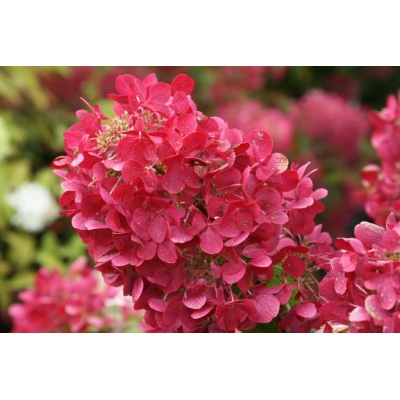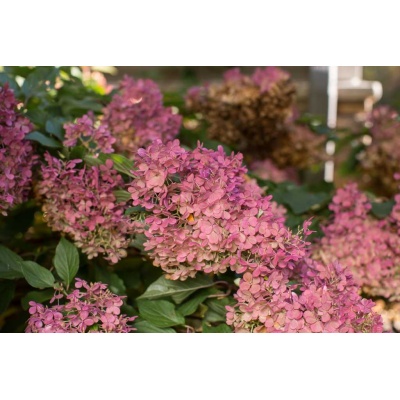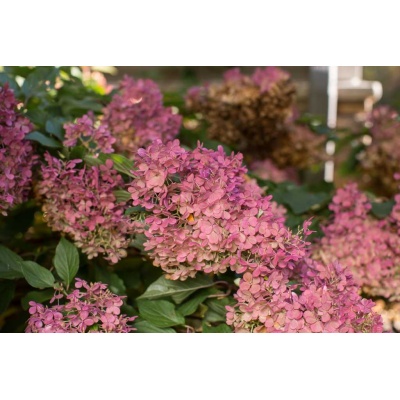Description
 Commonly called American filbert or hazelnut, is a Wisconsin native, deciduous, rounded, multi-stemmed shrub which typically grows 8-16′ tall and occurs statewide in dry or moist thickets, woodlands and wood margins, valleys, uplands and prairies. Monoecious (separate male and female flowers on the same plant). In spring, male flowers appear in showy, 2-3″ long, yellowish brown catkins and female flowers appear in small, reddish, inconspicuous catkins. Female flowers give way to small, egg-shaped, 1/2″ long, edible nuts (maturing July-August) which are encased in leafy, husk-like, ragged-edged bracts. Nuts are similar in flavor to the European filbert and may be roasted and eaten or ground into flour, but are also commonly left for the squirrels and birds. Ovate, double-toothed, dark green leaves (3-6″ long). Fall color is quite variable, ranging from attractive combinations of orange, rose, purplish red, yellow and green to undistinguished, dull yellowish green.
Commonly called American filbert or hazelnut, is a Wisconsin native, deciduous, rounded, multi-stemmed shrub which typically grows 8-16′ tall and occurs statewide in dry or moist thickets, woodlands and wood margins, valleys, uplands and prairies. Monoecious (separate male and female flowers on the same plant). In spring, male flowers appear in showy, 2-3″ long, yellowish brown catkins and female flowers appear in small, reddish, inconspicuous catkins. Female flowers give way to small, egg-shaped, 1/2″ long, edible nuts (maturing July-August) which are encased in leafy, husk-like, ragged-edged bracts. Nuts are similar in flavor to the European filbert and may be roasted and eaten or ground into flour, but are also commonly left for the squirrels and birds. Ovate, double-toothed, dark green leaves (3-6″ long). Fall color is quite variable, ranging from attractive combinations of orange, rose, purplish red, yellow and green to undistinguished, dull yellowish green.
Common Name: American hazelnut
Type: Deciduous shrub
Family: Betulaceae
Native Range: Eastern North America
Zone: 4 to 9
Height: 10.00 to 16.00 feet
Spread: 8.00 to 13.00 feet
Bloom Time: March to April
Bloom Description: Male – brown, female – red
Sun: Full sun to part shade
Water: Medium
Maintenance: Low
Suggested Use: Hedge
Flower: Showy
Leaf: Good Fall
Fruit: Edible
Tolerate: Clay Soil




Reviews
There are no reviews yet.